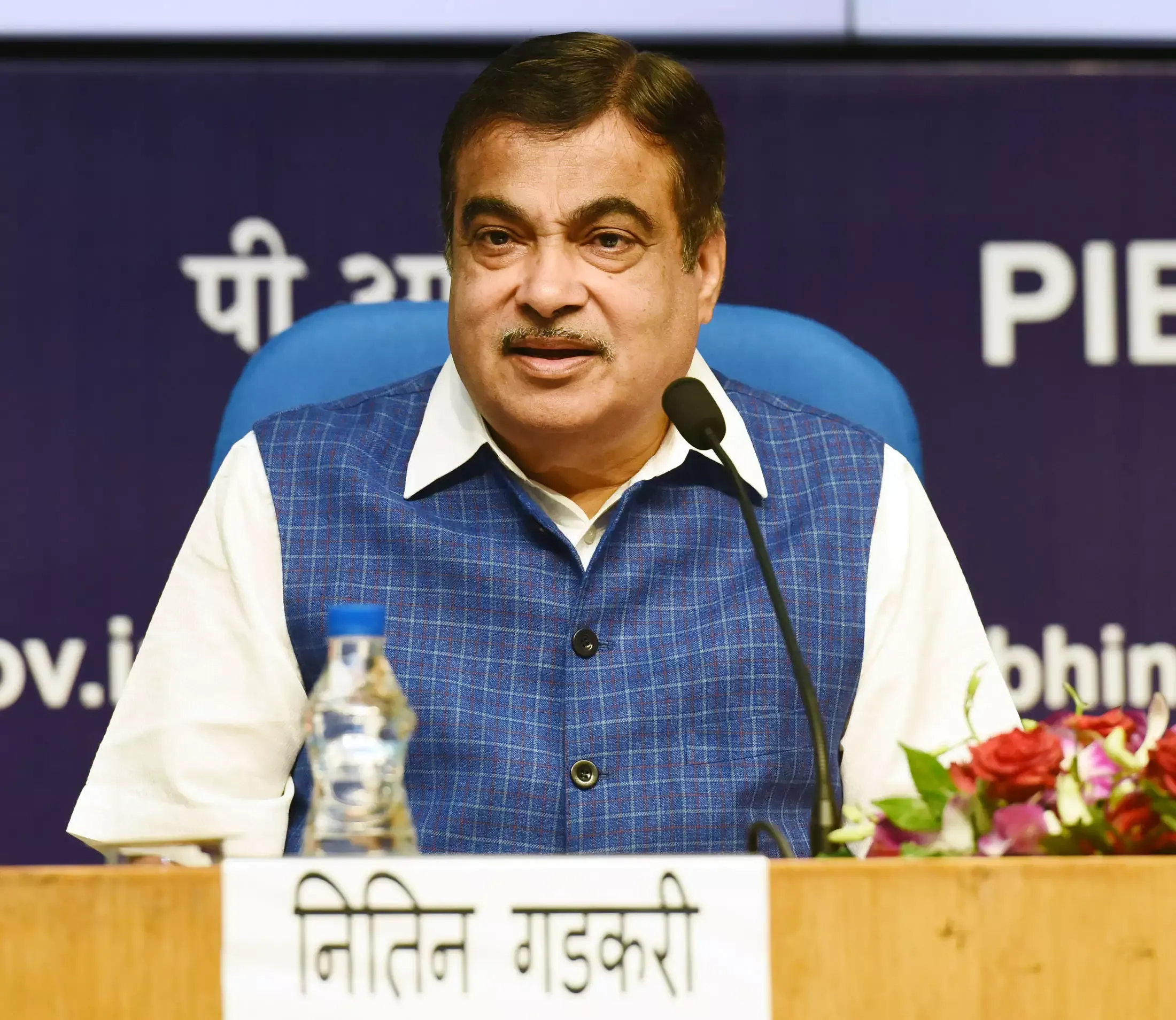
Date: April 09, 2025
Brace Yourself: India’s New Toll System to Roll Out in 10 Days
Major Toll System Reform Announced by Nitin Gadkari
In a significant development for Indian road users, Union Road Transport Minister Nitin Gadkari revealed that a new toll collection system is set to roll out within the next 8 to 10 days. Speaking at the prestigious Rising Bharat Summit, Gadkari stated that this upcoming reform will bring relief to millions of Indian commuters who have long voiced concerns about high toll charges and inefficiencies at toll plazas.
Although he didn’t dive into full specifics, Gadkari assured the public that the policy will be people-friendly, aimed at solving real-world commuting issues.
Why This Toll System Matters Now
India has seen an exponential growth in highway infrastructure and toll revenue. In the last year alone, toll collection surged by over 35%, thanks to increased traffic and broader usage of the FASTag system. However, this rise in revenue also highlights the growing financial burden on citizens, especially long-distance commuters and logistics companies.
The current model charges a fixed toll amount, regardless of how much of the highway is actually used. This blanket system has long been criticized as unfair and outdated. Hence, the time is ripe for a smarter, more equitable solution.
GNSS Technology: A Game-Changer for Indian Roads
The centerpiece of the new toll system is the Global Navigation Satellite System (GNSS). This satellite-based technology will replace traditional toll booths and instead charge vehicles based on the actual distance they travel on tolled roads.
With GNSS, commuters will:
- Pay only for what they use, promoting fairness.
- Avoid long queues and bottlenecks at toll plazas.
- Experience seamless travel with automated digital payments.
This modern system is already in use in several European countries and has proven effective in reducing congestion and improving road efficiency.
What’s Changing for the Common Commuter?
For the average vehicle owner or frequent highway traveler, the new toll system promises several benefits:
- Lower toll charges, especially for short-distance users.
- No more waiting in long lines at toll gates.
- Real-time tracking of toll deductions.
- Enhanced transparency and fewer disputes over toll rates.
Gadkari emphasized that the upcoming policy aims to create a balance between infrastructure funding and public convenience.
A Policy Rooted in Parliament, Backed by Innovation
Interestingly, Nitin Gadkari first hinted at this change during a Parliament session last month, where he stressed the need for digitization and automation in toll operations. This policy, now on the verge of implementation, is being shaped by years of public feedback, pilot testing, and global benchmarks.
While the GNSS-based system will initially be introduced on select national highways, there are plans to expand it nationwide in phases, once the technology proves successful.
Industry Experts React
Infrastructure experts and logistics companies have welcomed the move. According to analysts, GNSS-based tolling can help:
- Cut down fuel wastage at toll plazas.
- Lower carbon emissions.
- Boost efficiency in goods transportation.
- Increase investor confidence in India’s highway network.
Final Thoughts: A Step Toward Smarter Travel
Nitin Gadkari’s initiative reflects the government’s growing focus on smart mobility and digital governance. If implemented as planned, the new toll system could drastically transform the driving experience on Indian highways.
As the countdown begins, citizens across the country are eagerly awaiting the official announcement and hoping this policy lives up to its promises.